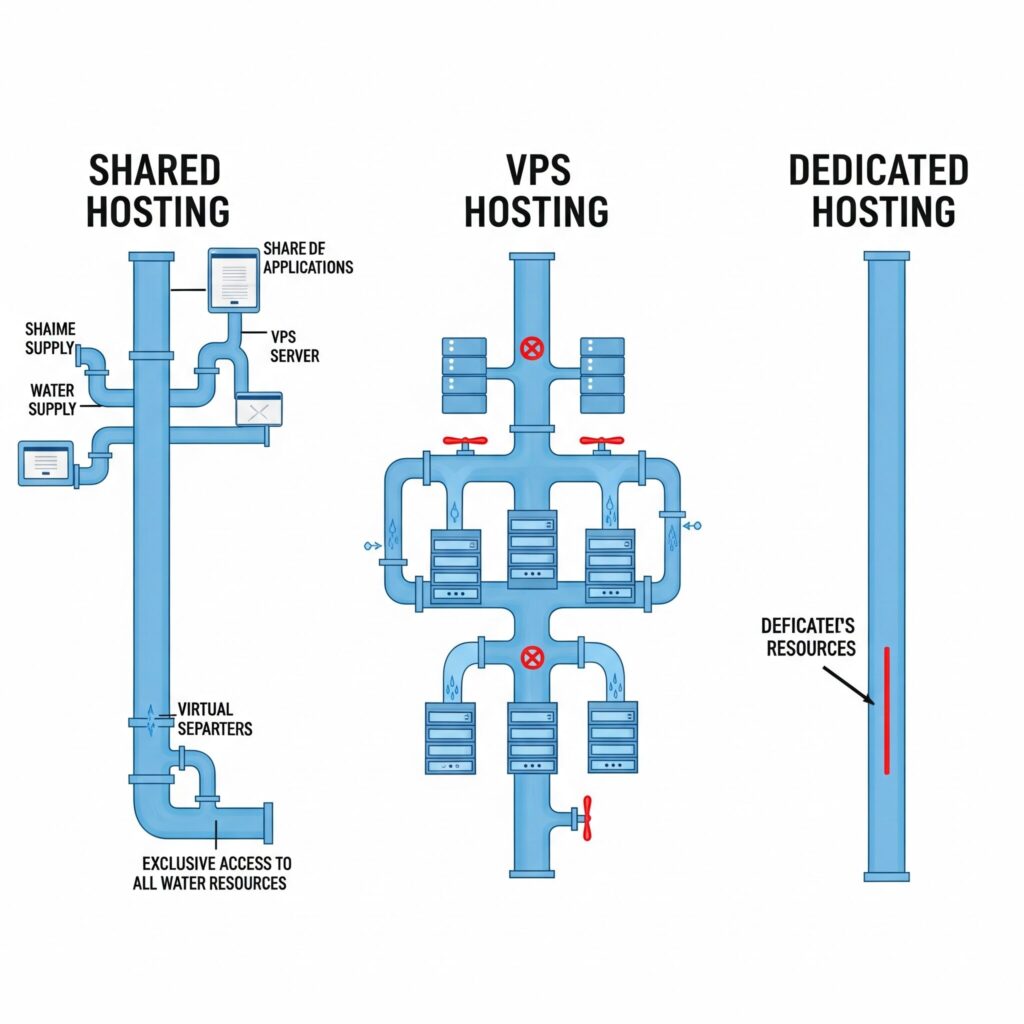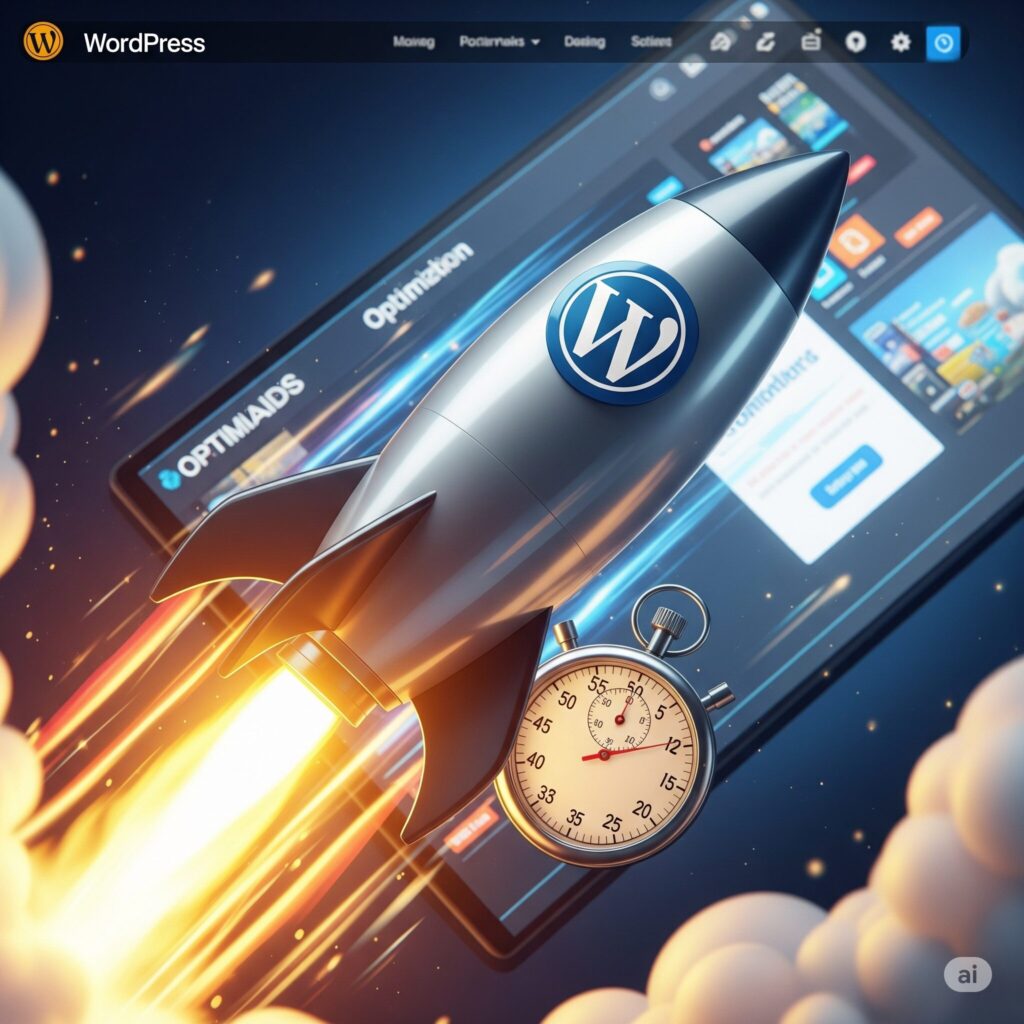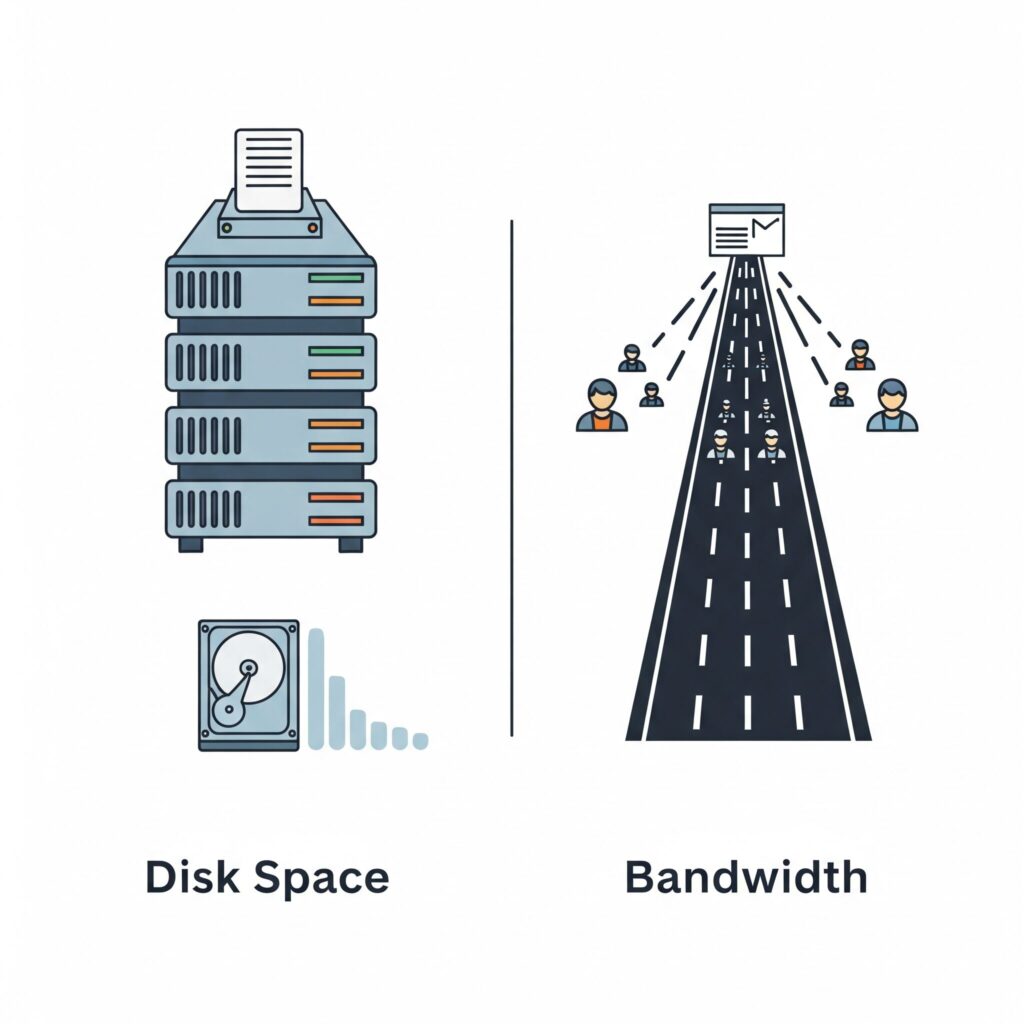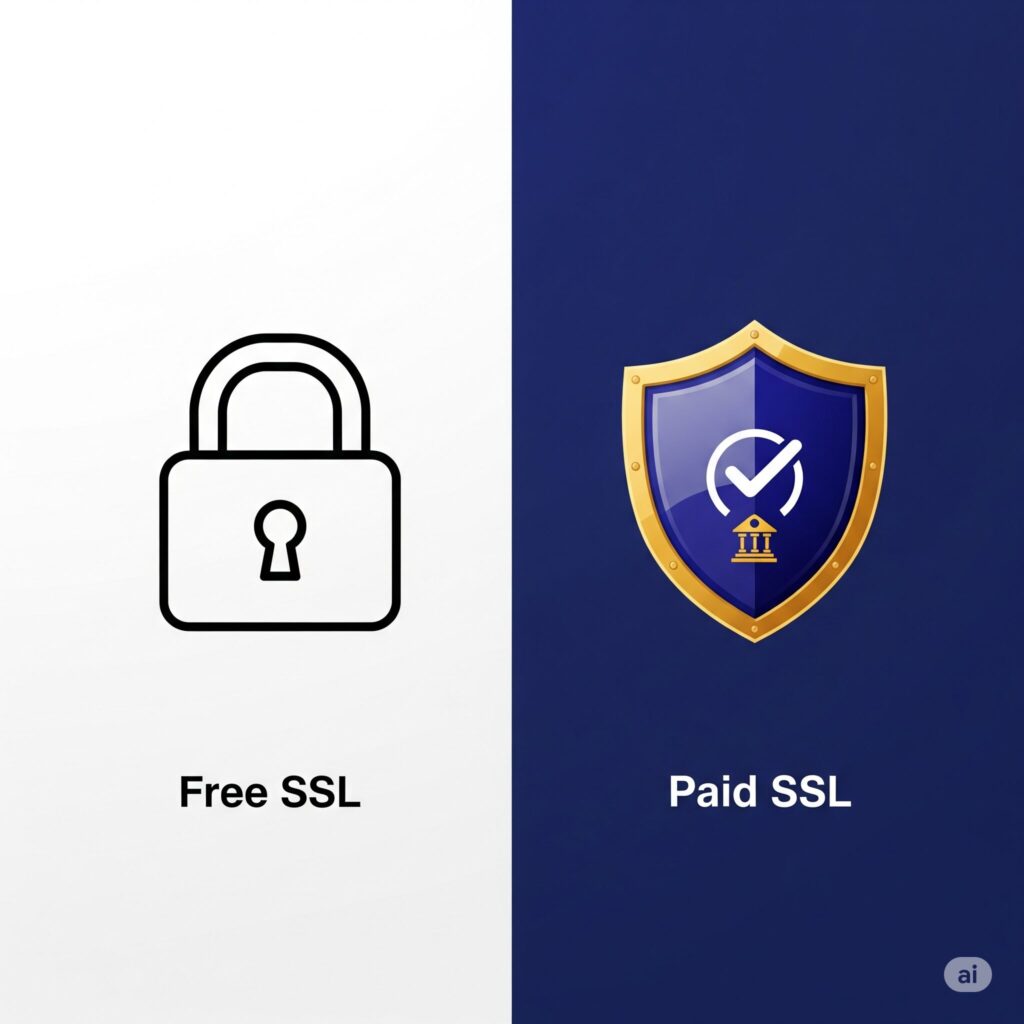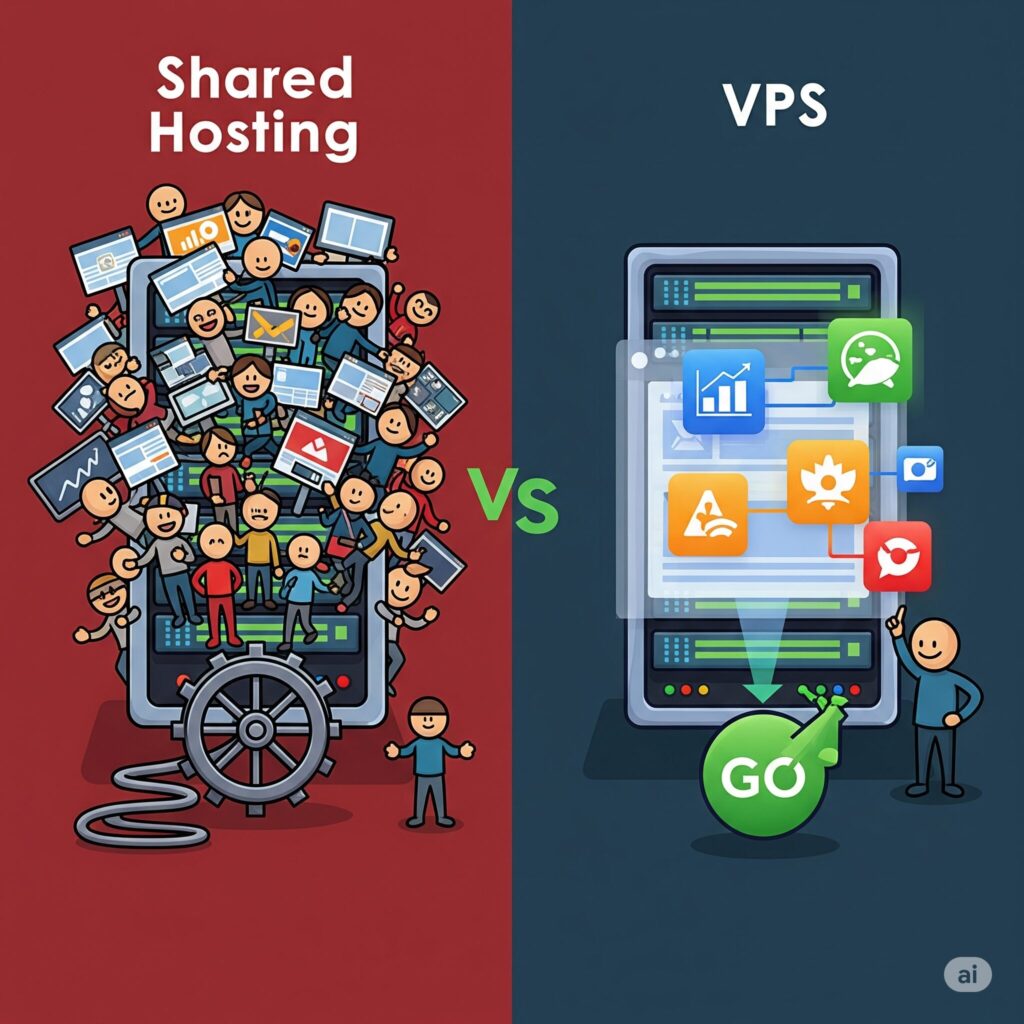Table of Contents
ToggleHow to Choose the Best Web Host in 2025: A 10-Step Guide
Welcome to the ever-evolving world of web hosting! Choosing the right web host is one of the most critical decisions you’ll make for your online presence. A top-notch host can boost your site’s performance, enhance security, and provide you with the support you need to grow. In 2025, the hosting landscape is more dynamic than ever, with advancements in AI, cloud technology, and a renewed focus on security and sustainability. This guide will walk you through the ten essential steps to select the perfect web host for your needs.
1. Define Your Website’s Needs
Before you start comparing providers, you need to understand what your website requires. Ask yourself these key questions:
What type of website are you building? (e.g., a personal blog, a business portfolio, an e-commerce store, a high-traffic web application)
What is your expected traffic volume? Be realistic, but also consider future growth.
What kind of content will you be hosting? (e.g., text-based articles, high-resolution images, videos)
What is your technical expertise? Are you a beginner who needs a user-friendly interface, or are you a developer who requires more control?
2. Understand the Different Types of Hosting
Web hosting isn’t a one-size-fits-all solution. Here’s a quick rundown of the most common types:
Shared Hosting: The most affordable option, where you share server resources with other websites. Ideal for beginners and small websites with low traffic.
Virtual Private Server (VPS) Hosting: A step up from shared hosting, a VPS provides you with a dedicated portion of a server’s resources. This offers more control and better performance.
Cloud Hosting: Utilizes a network of connected virtual and physical cloud servers, offering excellent scalability and reliability. If one server fails, another seamlessly takes over.
Dedicated Server Hosting: You rent an entire physical server, giving you maximum control, performance, and security. Best for large businesses and high-traffic websites.
Managed Hosting (e.g., Managed WordPress Hosting): The hosting provider takes care of all the technical aspects of managing your server, including updates, security, and backups. This is a great option if you want to focus on your content and business.
3. Prioritize Performance: Speed and Uptime
In 2025, website speed is paramount. A slow-loading website will deter visitors and negatively impact your search engine rankings. Look for a host that guarantees:
Excellent Uptime: Aim for a provider that offers at least a 99.9% uptime guarantee. This means your website will be accessible to visitors with minimal downtime.
Fast Server Response Times: A server’s “Time to First Byte” (TTFB) is a key performance indicator. A lower TTFB means a faster-loading website.
Solid-State Drives (SSDs): These are significantly faster than traditional hard disk drives (HDDs) and have become the industry standard for high-performance hosting.
Content Delivery Network (CDN): A CDN stores cached copies of your website in multiple geographic locations, delivering content to users from the server closest to them, which dramatically improves loading speeds for a global audience.
4. Scrutinize Security Features
The online threat landscape is constantly evolving. A reputable web host in 2025 will offer a comprehensive security suite, including:
Free SSL Certificates: An SSL certificate encrypts the data transmitted between your website and its visitors, which is essential for security and SEO.
Web Application Firewall (WAF): A WAF helps protect your site from common security exploits.
Malware Scanning and Removal: Regular scans for malware and a clear process for removal are crucial.
DDoS Protection: Distributed Denial of Service (DDoS) attacks can bring your site down. Ensure your host has robust DDoS mitigation in place.
Regular Backups: Automatic and regular backups of your website are non-negotiable. This allows you to restore your site quickly in case of any issues.
Zero Trust Security Model: An emerging trend where security is enhanced by assuming no user or device is trusted by default, requiring strict verification for every access request.
5. Evaluate Customer Support
When something goes wrong with your website, you need prompt and knowledgeable support. Before committing to a host, evaluate their customer service by:
Checking their support channels: Do they offer 24/7 support via live chat, phone, and email?
Testing their response time: Reach out with a pre-sales question to gauge how quickly and effectively they respond.
Reading user reviews: See what current customers are saying about the quality of support.
6. Consider Scalability for Future Growth
Your website’s needs will likely change over time. A good hosting provider will allow you to seamlessly upgrade your plan as your traffic and resource requirements grow. Cloud hosting and VPS plans are generally more scalable than shared hosting.
7. Compare Pricing and Understand the Fine Print
While price is a significant factor, the cheapest option isn’t always the best value. When comparing prices, look out for:
Promotional vs. Renewal Rates: Many hosts offer low introductory prices that increase significantly upon renewal.
Hidden Fees: Read the terms of service carefully to understand any potential extra charges.
Money-Back Guarantees: A reliable host will offer a risk-free trial period.
8. Look for a User-Friendly Control Panel
The control panel is where you’ll manage your hosting account, including your website files, databases, and email accounts. The most popular control panels are cPanel and Plesk, known for their user-friendly interfaces. Some hosts offer custom-built control panels, so it’s a good idea to look for demos or screenshots to see if it suits your workflow.
9. Investigate the Host’s Reputation and Read Recent Reviews
A hosting provider’s reputation is a strong indicator of its reliability and quality of service. Look for independent reviews on websites like Trustpilot, G2, and reputable tech blogs. Pay attention to reviews from 2024 and 2025 to get the most current insights.
10. Check for Future-Forward Technologies
The hosting industry is constantly innovating. A forward-thinking host in 2025 might offer:
AI-Powered Features: AI can be used for intelligent threat detection, performance optimization, and more efficient customer support.
Green Hosting: An increasing number of providers are committing to sustainability by using renewable energy to power their data centers.
Serverless Architecture: For developers, this emerging technology allows for even greater scalability and a pay-as-you-go pricing model for computing power.
By following these ten steps, you’ll be well-equipped to navigate the web hosting landscape of 2025 and choose a provider that not only meets your current needs but also supports your future growth.


